
The sectional
door market is a segment of the broader door
industry, which encompasses various types of doors used in residential,
commercial, and industrial settings. Sectional doors are particularly favored
for their space-saving design, insulation properties, and security features.
This market analysis will explore the current state of the sectional door
market, key trends, growth drivers, challenges, and future outlook over the
next five years.
Current Market Overview:
The global sectional door market has been
experiencing steady growth, driven by increasing construction activities,
urbanization, and the need for energy-efficient solutions. Sectional doors are
widely used in warehouses, factories, retail spaces, and even in high-end
residential properties. The market is characterized by the presence of both
large multinational corporations and small to medium-sized enterprises (SMEs),
with the latter often catering to specific regional or niche market demands.
Key Trends:
Energy
Efficiency: With growing awareness about
environmental conservation and energy costs, there is an increasing demand for
insulated sectional doors that help in reducing heating and cooling costs. This
trend is likely to continue as governments and businesses seek to meet
sustainability goals.
Automation and Smart Technology: The
integration of automation and smart technology in sectional doors is on the
rise. Features such as remote control operation, automatic closing, and
integration with building management systems are becoming more common. This
trend is expected to accelerate with the adoption of IoT (Internet of Things)
technologies.
Customization and Aesthetics: There is a
growing demand for sectional doors that not only serve functional purposes but
also enhance the aesthetic appeal of buildings. Manufacturers are offering a
wide range of designs, colors, and materials to cater to this demand.
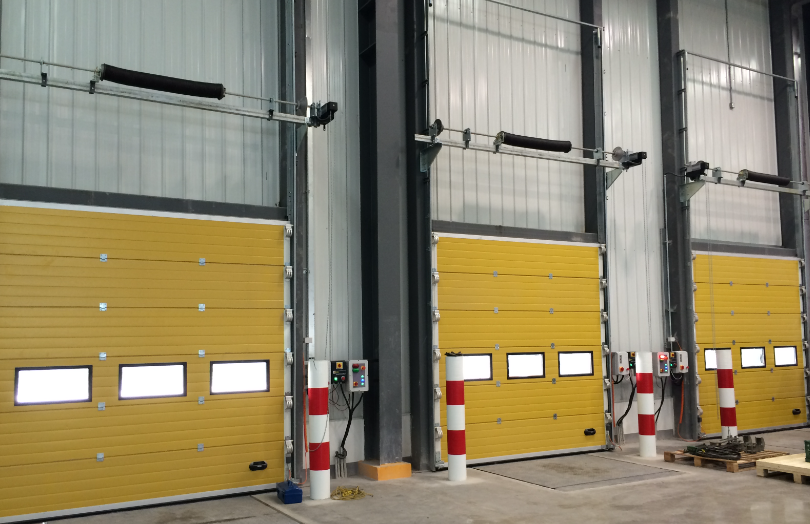
Safety and Security: Enhanced safety
features such as anti-trap protection, emergency release, and high-security
locks are becoming standard in sectional doors. This trend is driven by
stringent safety regulations and the need to protect assets.
Growth Drivers:
Construction
Industry Growth: The expansion of the
construction industry, particularly in emerging economies, is a significant
driver for the sectional door market. New commercial and industrial projects
require high-quality door solutions, creating a steady demand for sectional
doors.
Retrofit and Renovation Projects: Many
existing buildings are undergoing renovations to improve energy efficiency and
security, which often involves the replacement of old doors with modern
sectional doors.
E-commerce and Logistics: The booming
e-commerce sector and the expansion of logistics facilities are driving the
demand for sectional doors in warehouses and distribution centers.
Challenges:
Raw Material Price Fluctuations: The cost
of raw materials such as steel and aluminum can fluctuate, impacting the
profitability of sectional door manufacturers.
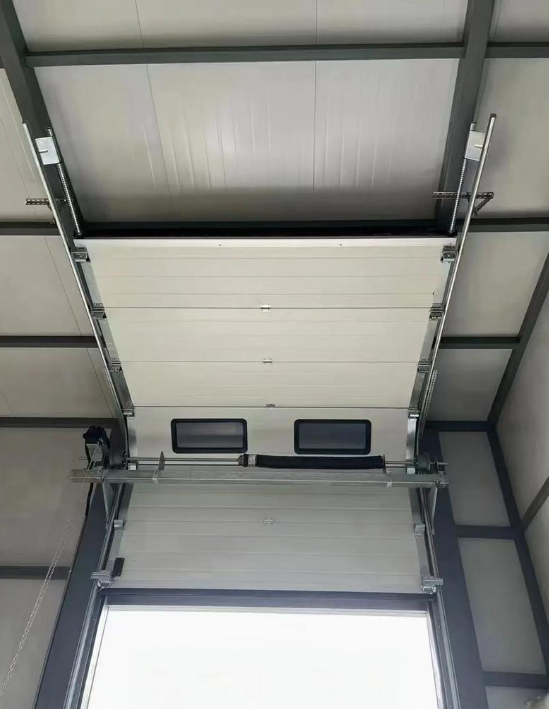
Competition: The market is highly
competitive, with numerous players vying for market share. This can lead to
price wars and reduced margins.
Regulatory Compliance: Meeting various
safety and environmental standards can be challenging and costly for
manufacturers.
Future Outlook:
Over the next five years, the sectional
door market is expected to continue its growth trajectory, albeit at a moderate
pace due to potential economic uncertainties and geopolitical tensions. The
market will likely see further consolidation, with larger players acquiring
smaller ones to expand their product offerings and geographical reach.
The integration of advanced technologies
such as artificial intelligence (AI) and machine learning (ML) in sectional
doors could lead to predictive maintenance and enhanced security features.
Additionally, the adoption of green building practices will drive the demand
for sectional doors that offer superior insulation and are made from
sustainable materials.
In conclusion, the sectional door market is
poised for steady growth, driven by the need for energy-efficient, secure, and
aesthetically pleasing door solutions. Manufacturers that can adapt to
technological advancements, meet sustainability goals, and navigate regulatory
challenges will be well-positioned to capitalize on the opportunities in this
dynamic market.
Save
Adjust
What are the expected growth rates for the
sectional door market over the next five years?
The expected growth rates for the sectional
door market over the next five years can vary depending on several factors,
including regional economic conditions, construction industry trends,
technological advancements, and regulatory changes. However, based on
historical data and industry forecasts, the market is anticipated to grow at a
moderate to healthy rate.
Global Market Growth Rate:
The global sectional door market is
expected to grow at a compound annual growth rate (CAGR) of approximately 4% to
6% over the next five years. This growth rate is influenced by the overall
expansion of the construction industry, particularly in emerging markets, and
the increasing demand for energy-efficient and secure door solutions.
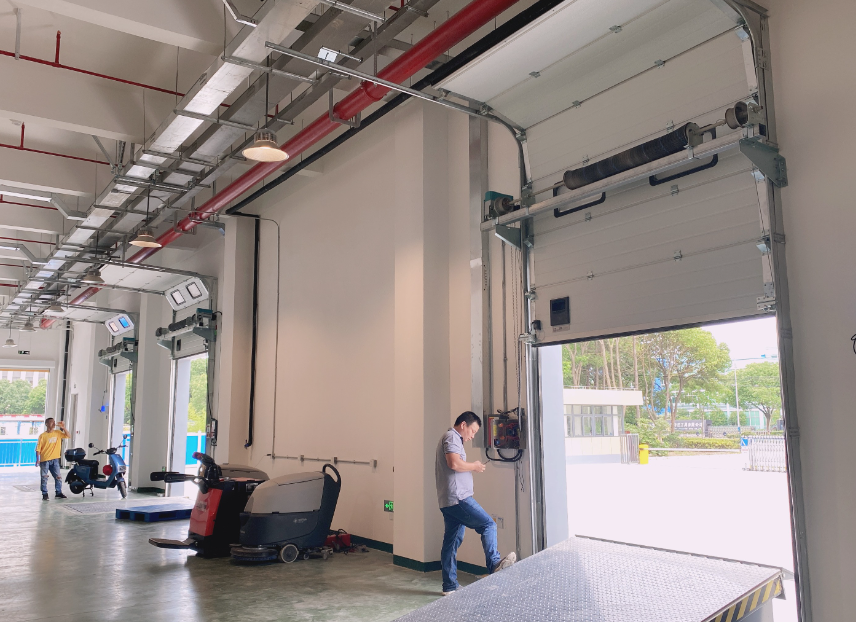
Regional Growth Rates:
Asia-Pacific: The Asia-Pacific region is likely to experience the highest growth rate, with a CAGR of around 5% to 7%. This growth is driven by rapid urbanization, increasing industrialization, and significant investments in infrastructure and commercial projects in countries like China, India, and Southeast Asian nations.
Europe: The European market is expected to grow at a moderate rate, with a CAGR of approximately 3% to 5%. The growth in this region will be fueled by the need for retrofitting and renovating existing buildings to meet energy efficiency standards, as well as the adoption of smart and automated door solutions.
North America: North America is anticipated to grow at a CAGR of around 4% to 6%, driven by the recovery of the construction industry post-pandemic, the focus on sustainable building practices, and the replacement of old doors with modern sectional doors.
Latin America and the Middle East & Africa: These regions are expected to see growth rates of around 4% to 6%, with fluctuations based on economic stability and investment in construction projects.
Segment-Specific Growth Rates:
Residential Sector: The residential sector is likely to grow at a CAGR of around 4% to 5%, driven by the increasing adoption of sectional doors in high-end residential properties and the trend towards smart homes.
Commercial Sector: The commercial sector, including retail and office spaces, is expected to grow at a CAGR of approximately 5% to 7%, as businesses invest in modern and secure door solutions.
Industrial Sector: The industrial sector, which includes warehouses and manufacturing facilities, is anticipated to grow at a CAGR of around 6% to 8%, driven by the expansion of logistics and e-commerce.
Technology and Innovation:
The integration of advanced technologies such as IoT, AI, and ML is expected to drive additional growth, as these technologies offer predictive maintenance, enhanced security, and improved user experience. This could potentially increase the growth rates in segments that are early adopters of such technologies.
Sustainability and Regulations:
Government initiatives and regulations focused on energy efficiency and sustainability are likely to further boost the market growth, particularly in regions with stringent environmental standards. This could lead to higher growth rates in segments that offer eco-friendly and energy-efficient sectional doors.
In summary, the sectional door market is expected to grow at a CAGR of approximately 4% to 6% globally over the next five years, with variations based on regional economic conditions, industry trends, and technological advancements. The highest growth rates are anticipated in the Asia-Pacific region and the industrial sector, driven by significant construction activities and the expansion of logistics and e-commerce.
Save
Adjust
The growth of the sectional door market is driven by a combination of factors that span across economic, technological, and regulatory domains. Here are the key drivers:
Increased Construction Activities:
Urbanization: Rapid urbanization in developing and emerging economies leads to increased construction of residential and commercial buildings, driving the demand for sectional doors.
Infrastructure Development: Governments worldwide are investing in infrastructure projects, including commercial spaces, warehouses, and industrial facilities, which require high-quality door solutions.
Energy Efficiency:
Insulation Properties: Sectional doors are known for their excellent insulation capabilities, which help in reducing heating and cooling costs. This is particularly attractive in regions with extreme weather conditions.
Green Building Trends: The growing emphasis on sustainable construction practices and energy-efficient buildings is driving the adoption of sectional doors that meet these criteria.
Technological Advancements:
Automation: The integration of automation and smart technology in sectional doors enhances convenience and security, making them more appealing to consumers and businesses.
Internet of Things (IoT): IoT-enabled sectional doors offer features like remote control, real-time monitoring, and predictive maintenance, which are increasingly sought after.
Security Concerns:
Enhanced Security Features: Sectional doors are designed with robust security features, such as high-security locks and anti-trap mechanisms, which are crucial for protecting assets in commercial and industrial settings.
Regulatory Compliance: Stringent safety regulations in various regions necessitate the use of sectional doors that comply with these standards, driving market growth.
Aesthetic Appeal:
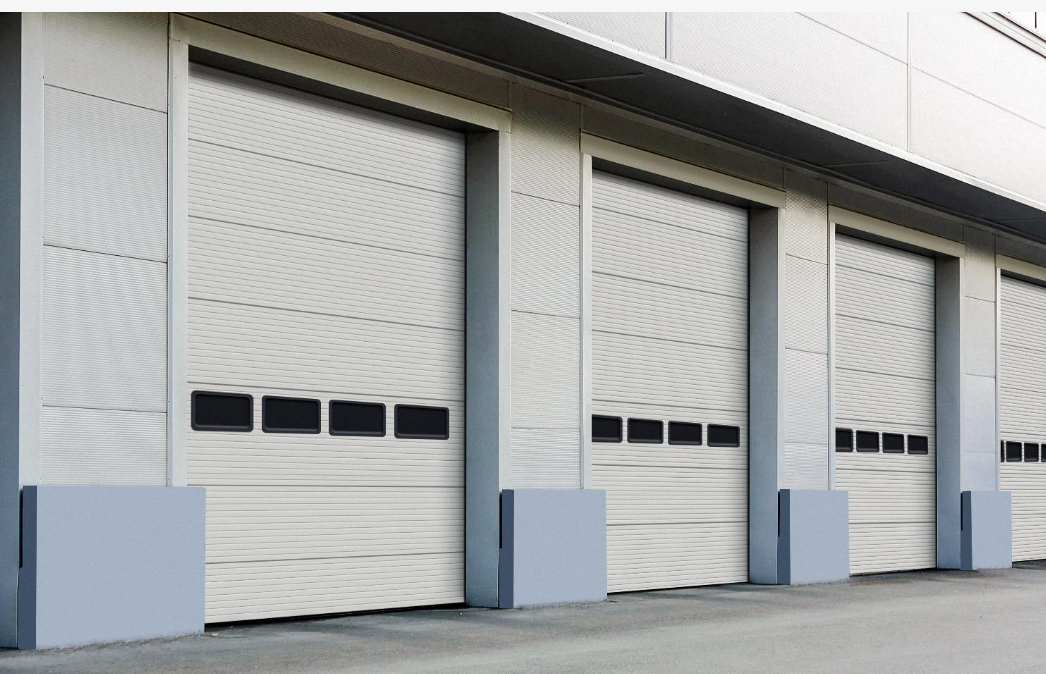
Customization: The ability to customize sectional doors in terms of design, color, and material to match the architectural style of buildings is a significant driver.
Visual Appeal: There is a growing demand for doors that not only serve functional purposes but also enhance the aesthetic value of properties.
E-commerce and Logistics Expansion:
Warehouse Demand: The booming e-commerce sector and the expansion of logistics facilities require large, secure, and energy-efficient doors, driving the demand for sectional doors.
Distribution Centers: The need for modern distribution centers with high-performance door solutions further boosts market growth.
Retrofit and Renovation Projects:
Building Upgrades: Many existing buildings are undergoing renovations to improve energy efficiency and security, often involving the replacement of old doors with modern sectional doors.
Regulatory Changes: Changes in building codes and energy efficiency standards may require the retrofitting of doors in existing structures.
Economic Factors:
Economic Growth: A robust economy leads to increased investment in construction and infrastructure projects, positively impacting the sectional door market.
Investment in Real Estate: Growth in the real estate sector, particularly in commercial and industrial properties, drives demand for sectional doors.
Government Initiatives:
Subsidies and Incentives: Government programs that offer subsidies and incentives for energy-efficient construction can stimulate demand for sectional doors.
Public-Private Partnerships: Collaborations between public and private sectors for infrastructure development can lead to increased use of sectional doors.
Globalization and Trade:
International Trade: The globalization of the construction industry and increased international trade facilitate the adoption of advanced sectional door solutions across different regions.
These factors collectively contribute to the growth of the sectional door market, making it a dynamic and expanding segment within the construction and building materials industry.
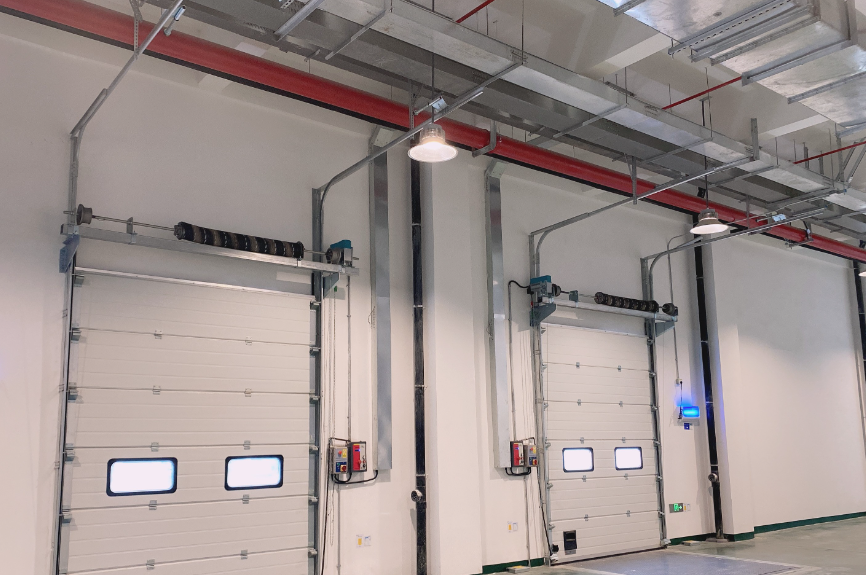
Company Name:Shanghai Honwei Automation Co., Ltd. HITCH (SHANGHAI) IMPORT& EXPORT CO., LTD.
Name: Phyllis Liang
Mobile:+86 15316076035
Tel:+86 21 61767181
Whatsapp:+86 15316076035
Email:info@highspeeddoor.cn
Email:kevin.jiang@powever.com.cn
Add:Room 301-302, Building 1, No. 1355, Chengbei Road, Jiading District, Shanghai
Post code:201800